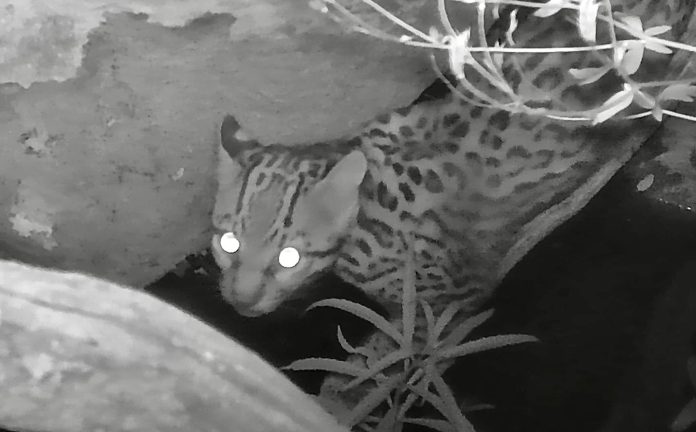
Hopeful News! Endangered Ocelot Captured On Arizona Trail Camera: Only 100 Remain In The U.S.
You can help all animals and our planet by choosing compassion on your plate and in your glass. #GoVeg

You can help all animals and our planet by choosing compassion on your plate and in your glass. #GoVeg